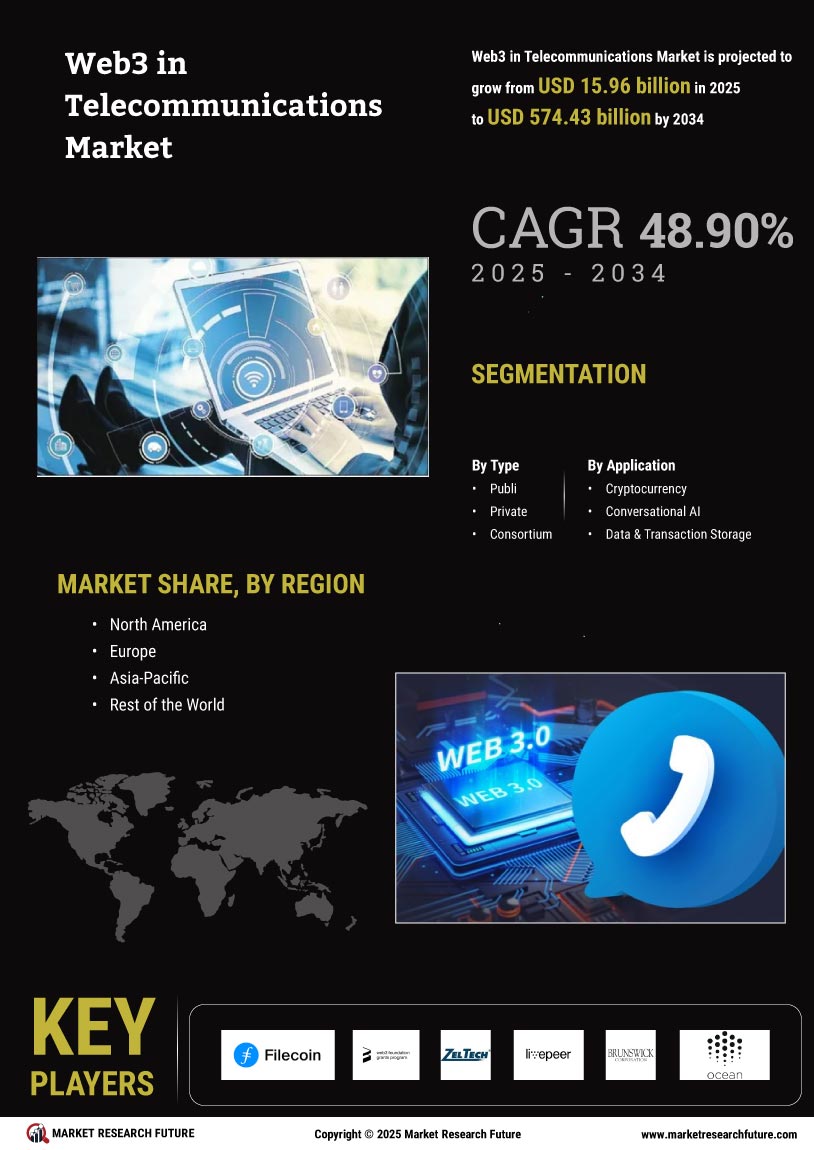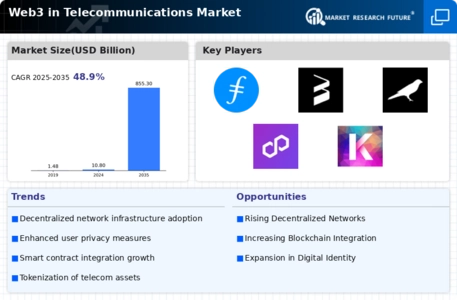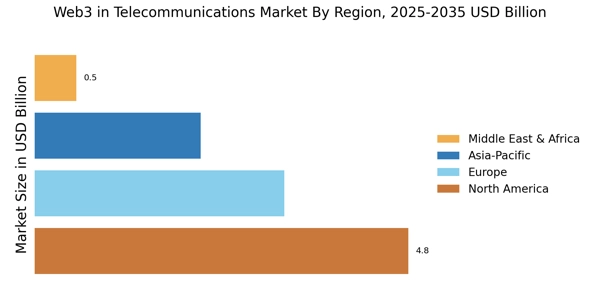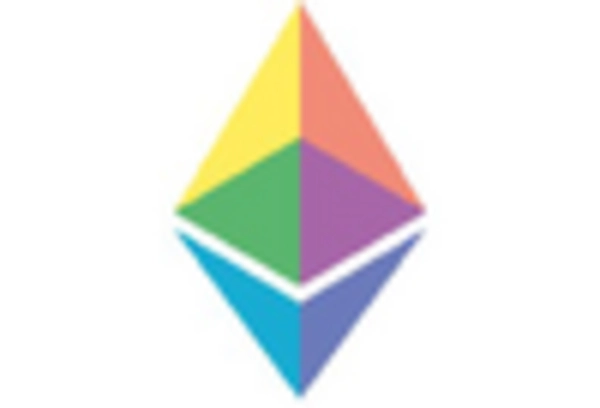Leading market players are investing heavily in research and development in order to expand their product lines, which will help the Web3 in Telecommunications Market, grow even more. Market participants are also undertaking a variety of strategic activities to expand their global footprint, with important market developments including new product launches, contractual agreements, mergers and acquisitions, higher investments, and collaboration with other organizations. To expand and survive in a more competitive and rising market climate, Web3 in Telecommunications industry must offer cost-effective items.
Manufacturing locally to minimize operational costs is one of the key business tactics used by manufacturers in the global Web3 in Telecommunications industry to benefit clients and increase the market sector. In recent years, the Web3 in Telecommunications industry has offered some of the most significant advantages to medicine. Major players in the Web3 in Telecommunications Market, including Filecoin, Web3 Foundation, Zel Technologies Limited, Livepeer Inc, Brunswick Corporation, Helium Systems Inc, Kusama, Polygon Technology, Kadena LLC, Ocean Protocol Foundation Ltd, others, are attempting to increase market demand by investing in research and development operations.
The Filecoin decentralized storage network offers dependable and secure data storage. It is based on the IPFS system, which uses content addressing to store data decentralized from any one server or central authority. Miners of Filecoin receive Filecoin (FIL) tokens in exchange for supplying network storage. Filecoin has several advantages over conventional centralized storage options. Data is safer from the start because it is not kept on a single server that may be hacked or shut down. Data's dependability is increased by being replicated over numerous network nodes.
Thirdly, because consumers only pay for the storage they really use, it is more cost-effective.
The Brunswick-Balke-Collender Company, an American corporation that was established in 1845, is today known as the Brunswick Corporation. The reputation of Brunswick has grown throughout time as a result of its broad range of product development, production, and distribution. Having operations in 24 countries throughout the world, Brunswick now has over 13,000 employees. Sea Ray, Boston Whaler, Bayliner, Mercury Marine, Attwood, Lund, Crestliner, Mastervolt, MotorGuide, Harris Pontoons, Freedom Boat Club, Princecraft, Heyday, Lowe, Uttern, Quicksilver, and CZone are just a few of the well-known boating brands owned and managed by Brunswick as part of its broad range of products.
The BRUNSWICK Company and VIR zoom signed a partnership agreement in June 2019, which was a big accomplishment. The collaboration planned to launch the VIR zoom solution, a new product. If the creative project was successful, it would transform Life Fitness' se3 explore bikes into immersive virtual reality experiences, improving the bikes' user experience.


















Leave a Comment